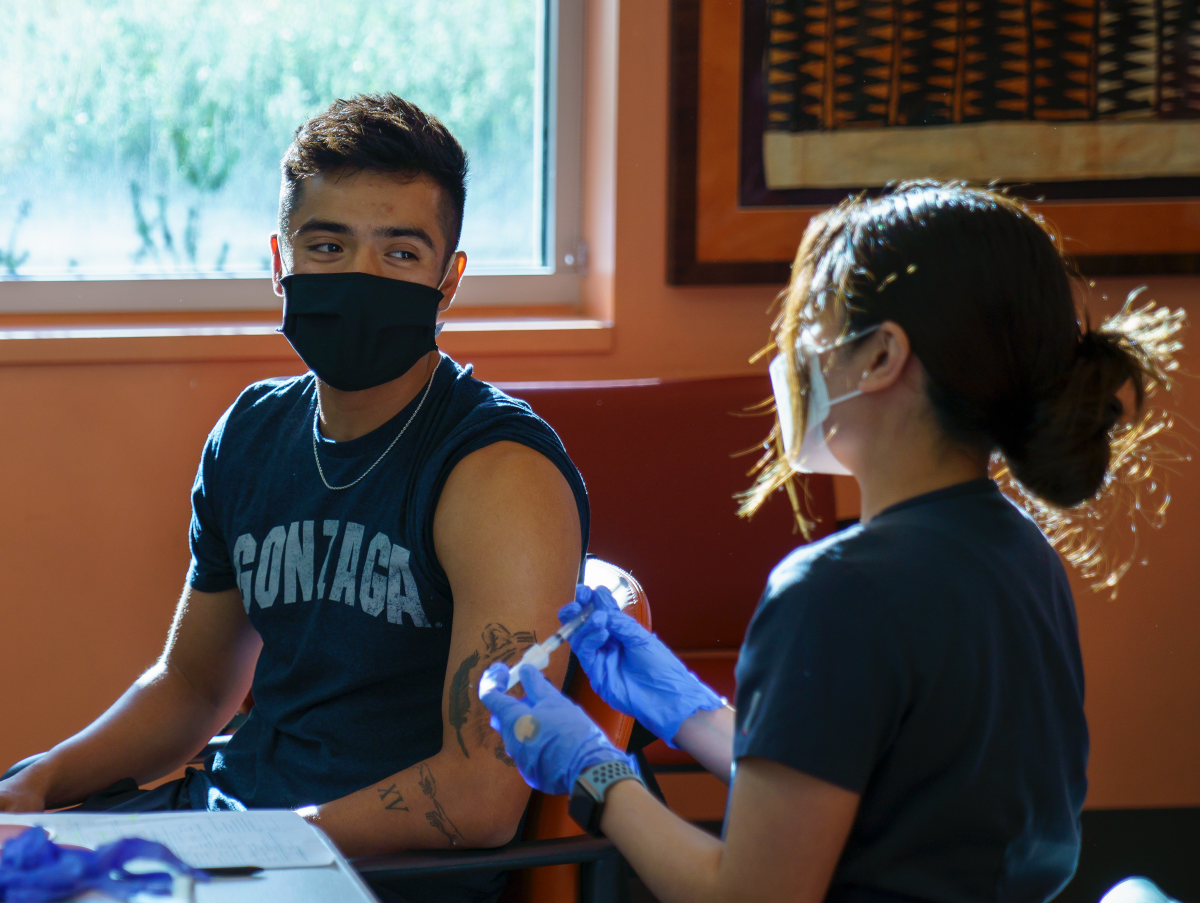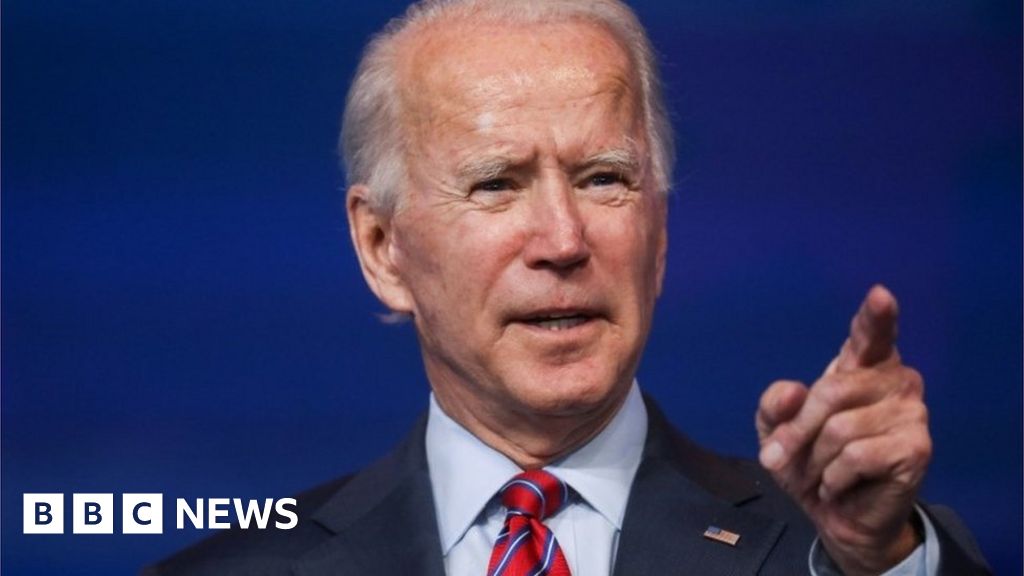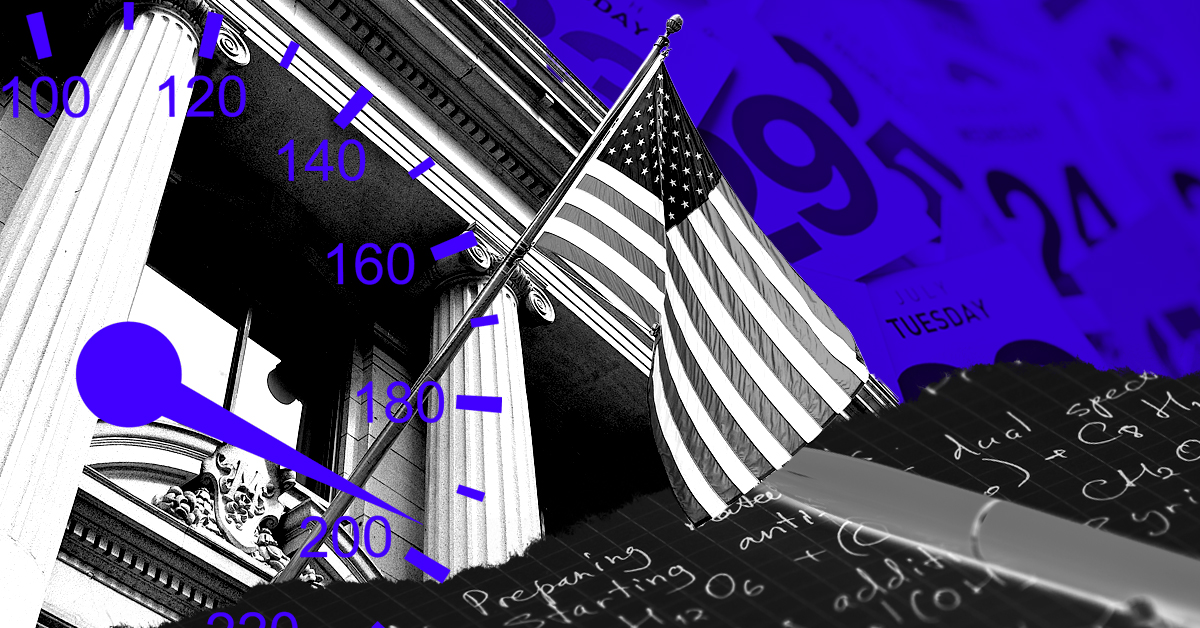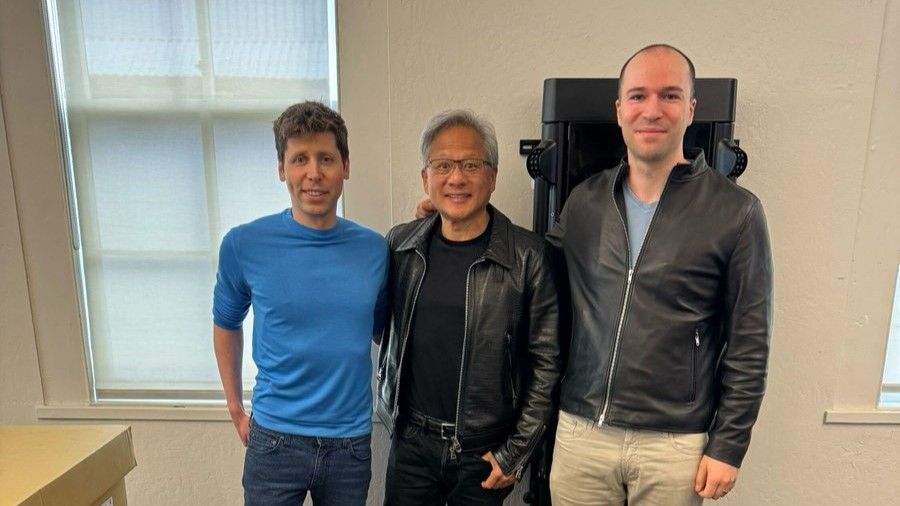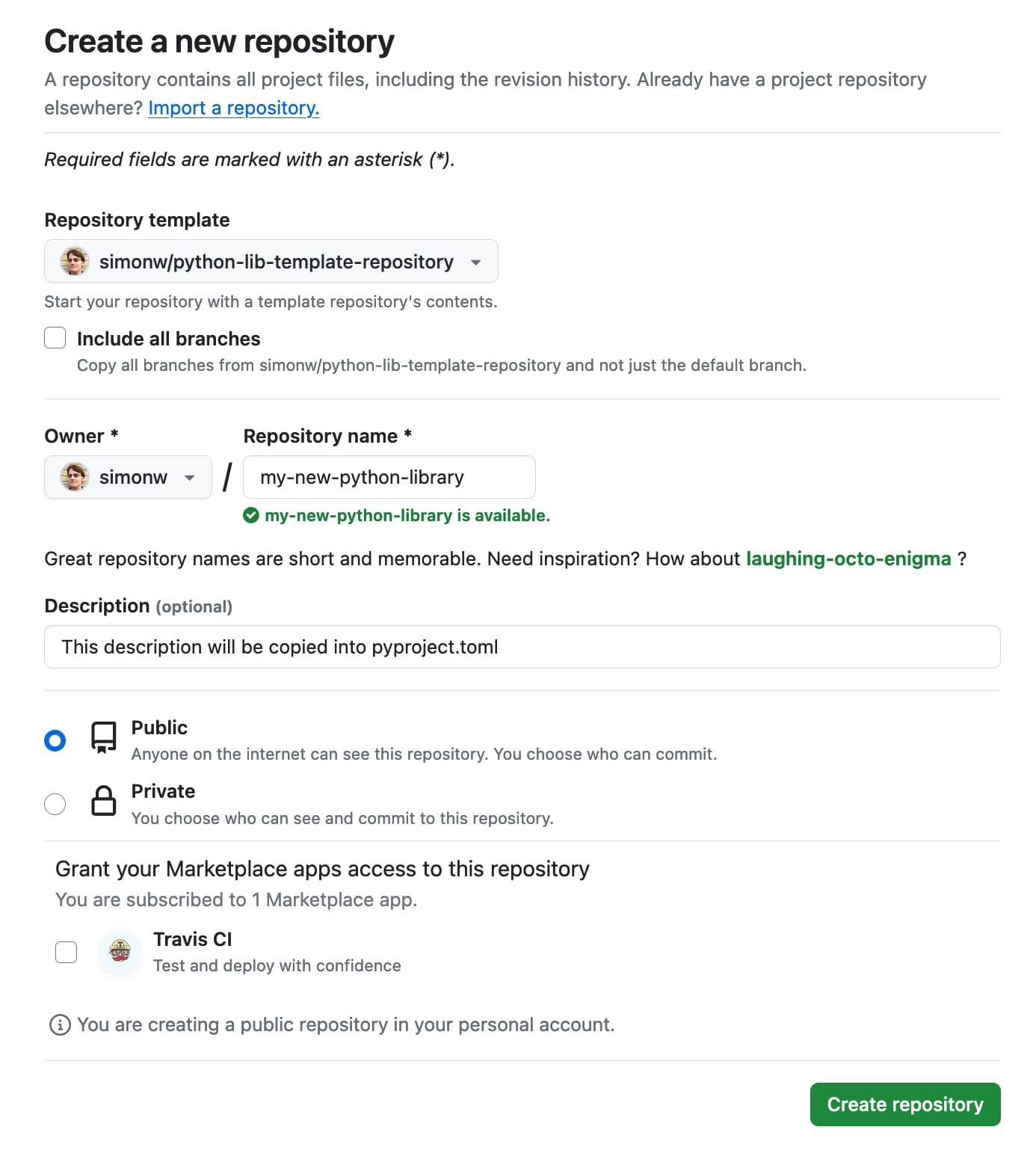Time trends and factors related to COVID-19 vaccine hesitancy from January-May 2021 among US adults: Findings from a large-scale national survey
Methods January 6 through May 31, 2021, 5,121,436 US adults completed an online COVID-19 survey. Weighted data was used to evaluate change in vaccine intent and correlates of May vaccine hesitancy.
Results COVID-19 vaccine hesitancy decreased by one-third from January to May, with relatively large decreases among participants with Black, Pacific Islander or Hispanic race/ethnicity and ≤high school education. In May, independent hesitancy risk factors included younger age, non-Asian race, having a PhD or ≤high school education, living in a rural county, living in a county with higher 2020 Trump support, lack of worry about COVID-19, working outside the home, never intentionally avoiding contact with others, and no past-year flu vaccine. Differences in hesitancy by race/ethnicity varied by age. Almost half of vaccine hesitant respondents reported fear of side effects and not trusting the COVID-19 vaccine; over one-third reported not trusting the government, not needing the vaccine, and waiting to see if safe. Reasons differed by degree of vaccine intent and by race/ethnicity.
Drs. King, Mejia and Mr. Rubenstein have no conflict of interest to report. Dr. Reinhart received salary support from an unrestricted gift from Facebook.
